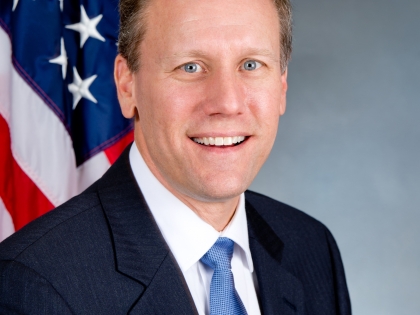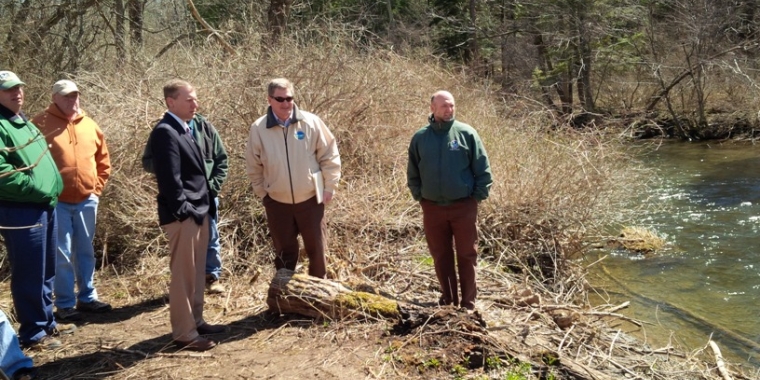
Empowering Citizens and Lowering Property Taxes
David J. Valesky
June 5, 2009
For a long time, we have talked about ways to reduce property taxes in New York State. I have consistently advocated for government consolidation as one means to achieve this.
This week, we accomplished part of that goal.
By passing the New York Government Reorganization And Citizen Empowerment Act, the New York State Senate did something historic—it gave the people power to decide how their local governments are organized, and, along with it, the power to reduce their property tax burden.
I am pleased to be a co-sponsor this legislation and to have worked with Attorney General Andrew Cuomo on its development.
Over the last 75 years, New York State has seen exponential growth in its local governments and special taxing units, which include water, sewer and lighting districts, towns and villages, and fire departments. In 1940, there were just 2,000 of these entities. Today, there are 10,521.
This growth has brought with it associated increased costs to taxpayers and is partially responsible for the heavy property tax burden New Yorkers face. The economic crisis we face today has underscored the need for relief through creative solutions.
One of those solutions is to consolidate some of these governmental entities. Sharing services and eliminating redundant, expensive and inefficient layers of government can reduce costs to residents and streamline government operations, ultimately resulting in lower property taxes.
So, why hasn’t consolidation happened on a wide scale?
The process to consolidate is complicated and convoluted. With too many hoops to jump through, it has unintentionally served as a deterrent.
Until now.
The New York Government Reorganization And Citizen Empowerment Act streamlines existing law to make it easier for taxpayers, voters and community residents to evaluate and pursue consolidation efforts.
The legislation passed in the Senate and Assembly empowers voters to request consolidation be placed on a ballot for consideration. Ten percent of voters (or 5,000 people, whichever is less) within each village, town, fire or sewer district, for example, can request that consolidation be placed on the ballot for all voters to consider.
In short, the new process would put control of the decision-making process where it belongs—in the hands of community residents—while providing adequate checks and balances to protect against one small group wielding too much power.
This bill represents real reform by giving you, the taxpayers, a larger role in the plan to reduce the tax burden. With Governor Paterson’s help in signing this legislation into law, it represents a big step forward.
Share this Article or Press Release
Newsroom
Go to NewsroomSenator Valesky Attends Opening of New Fishing Access Site
April 24, 2014

Senator Valesky Celebrates Earth Day at Hamilton DPW
April 22, 2014